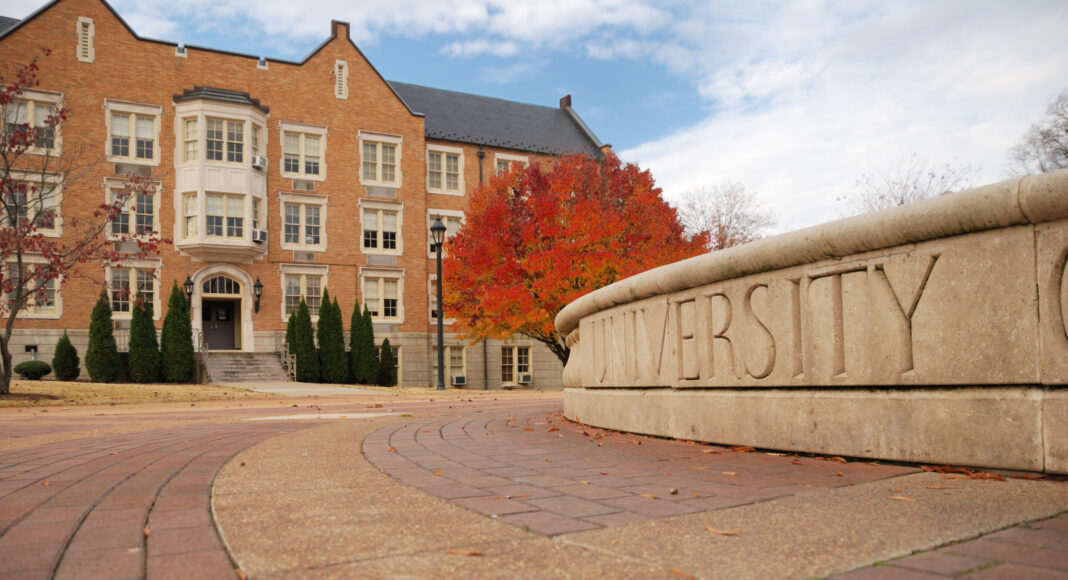Universities should take some responsibility for the student debt they produce. Benedikt Koehler offers several potential solutions for governments and higher education institutions to consider.
Forgiving student debt is controversial. Bailing out students penalizes anyone who repaid a student loan and indeed else anyone who repaid any other loan. After all, why privilege students? But the student loan crisis matters not only to taxpayers and students. There is a third party that is affected and that could be drafted into help fixing this crisis, namely universities. After all, it was universities that enticed students to take on their debt. Bringing universities to the table makes economic sense.
Many causes contributed to creating the student loan crisis. Students seek a university education for a variety of reasons. As economists point out, university education is an investment proposition and a degree enhances earning potential, so therefore whatever students pay in tuition they earn back after they graduate. This theory may explain why the cost of tuition has been going up. But when tuition went up, so did student debt. This theory does not explain why the rise in student debt has outpaced the rise in salaries. The sums no longer balance.
Higher education is a trilateral relationship between universities, students, and government. The public interest in promoting education explains why we have tax breaks for higher education. On the supply side as well as on the demand side, incentives in the education market have been distorted by government largesse. Universities receive donations tax free, and students borrow on preferential terms. And yet now that we have a debt crisis upon us, universities are the only party that does not suffer from the fallout.
There is a case for bailing in universities. Founded as not-for-profit institutions, universities today are run like corporations, led by senior administrators who manage universities much like senior executives who manage for-profit corporations. They have grown university endowments on the back of fiscal privileges that have swept enormous wealth into the tertiary sector. Even as student loan balances have soared, university endowments have grown at a spectacular rate. The original mission of a university was to educate students; the mission of a university endowment is to grow assets. These two priorities have been diverging.
University endowments could help fix the student loan crisis in many ways. They could buy out student loans, or underwrite defaults, or bail out their alumni. And the government also has means to influence how universities treat student loans. For example, tax breaks for universities could come with strings attached – asking a university to take steps to negotiate terms with their alumni, or requiring them to make public how much their alumni owe and how much relief was afforded to them. Last but not least, university rankings could help matters too, by publishing ratios of aggregate student debt to endowment.
During the Depression, according to an anecdote, a visitor to Newport, Rhode Island, admired the glamorous yachts moored in the harbor and enquired who were the proud owners. When told that most of them were Wall Street tycoons, he asked: “And where are the yachts of their customers?” This anecdote did the rounds to illustrate why the Roosevelt administration was pushing for bank transparency and supervision. Today, looking at the spectacular infrastructure of universities, one might ask: “And where are the endowments of your students?” The purpose of universities is to grow wealth for their students, not for themselves. Public beneficence has enabled universities to grow their wealth and it is time for endowments to give something back. There is no better way for universities to underscore the value they place on education than by seeing them bail in to fix the student loan crisis.
Read about our disclosure policy here.






